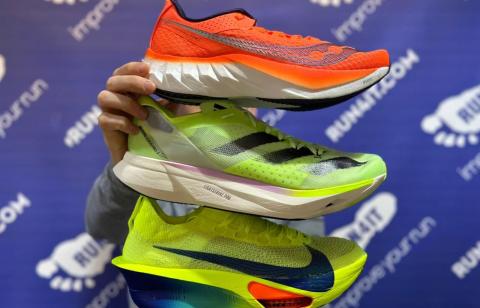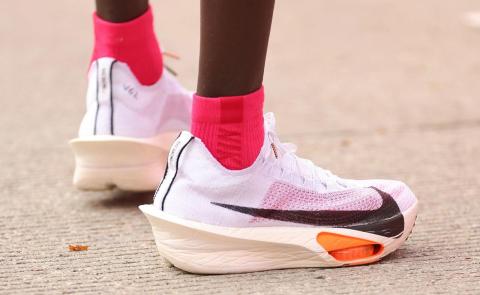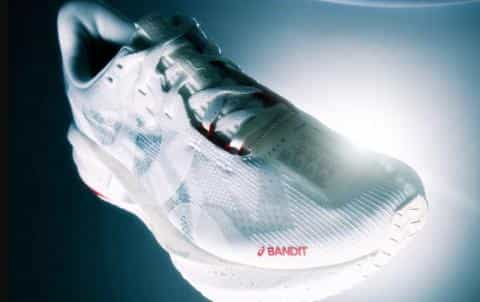
In the past decade, distance running has undergone a technological transformation. World records are tumbling, athletes are clocking personal bests at unprecedented rates, and elite runners speak of their shoes as “game changers.” Much of the attention has gone to carbon-fiber plates, the rigid inserts embedded in modern racing shoes that help return energy and propel runners forward. But there's another star of the show—one that’s often overlooked in the hype.
Welcome to the golden age of super foams.
While the carbon-fiber plate provides stiffness and a spring-like push-off, it’s the foam surrounding it that truly defines the performance of today’s so-called “super shoes.” These advanced midsoles use proprietary blends of ultra-lightweight, responsive materials like Pebax (polyether block amide), TPE (thermoplastic elastomer), and EVA blends—engineered not just for comfort, but for speed.
The breakthrough came when shoe companies realized they could stack more foam underfoot without adding significant weight. The result? Shoes that are both soft and bouncy, reducing muscle fatigue and improving running economy.

Scientific studies and biomechanical testing have repeatedly shown that the foam’s ability to compress and rebound plays a larger role in energy return than the plate itself. According to a 2022 study published in the Journal of Sports Sciences, up to 75% of the energy return in super shoes was attributed to the foam, not the plate.
The cushioning absorbs shock more efficiently, while the rebound propels the runner forward. The carbon plate mainly stabilizes the ride and encourages an efficient toe-off, but without a high-performing foam, its benefits would be muted.
Nike kicked off the super shoe arms race with its ZoomX foam, derived from Pebax, in the original Vaporfly 4%. Soon after, brands like Adidas (with Lightstrike Pro), ASICS (with FF Blast Turbo), and Saucony (with PWRRUN PB) entered the arena, each touting their own high-rebound formulations.
These foams don’t just vary in energy return—they differ in durability, density, and how they interact with the plate and the runner's gait. What feels magical to one runner might feel unstable or “mushy” to another, making the perfect super shoe highly individual.
Recognizing how much these materials were warping the playing field, World Athletics stepped in. In 2020, they limited stack height for road shoes to 40 mm and required carbon plates to be embedded in commercially available shoes. Yet, shoe designers have continued to innovate within these boundaries, squeezing out every legal millimeter for performance gains.

As the foam arms race continues, we’re seeing brands experiment with multi-density foams, 3D-printed midsoles, and even AI-informed stride analysis to match shoes to individual biomechanics.
In the near future, the next leap might not be about carbon plates at all—but about personalized foams tailored to a runner’s weight, form, and race goals.
The rise of super shoes is often pinned on the flashy carbon-fiber plate, but it’s the invisible innovation—the foam—that is quietly rewriting the record books. As we move deeper into this era of performance-enhancing footwear, understanding what’s underfoot could be the key to unlocking your fastest run yet.
Discover More Content





